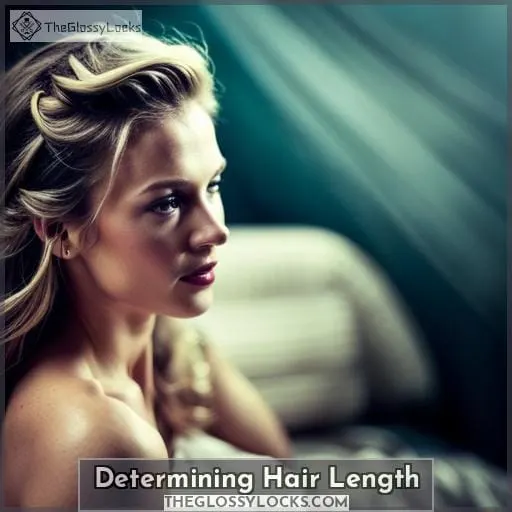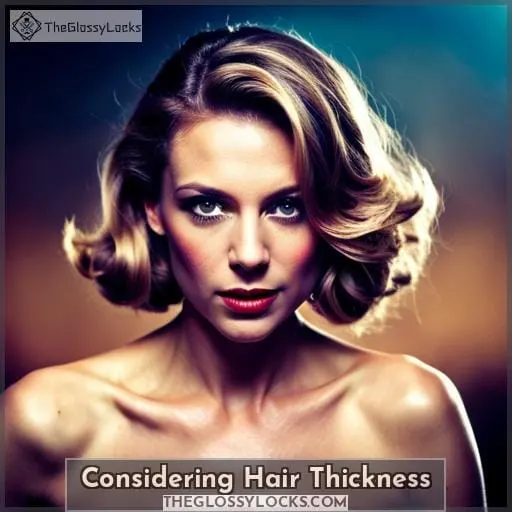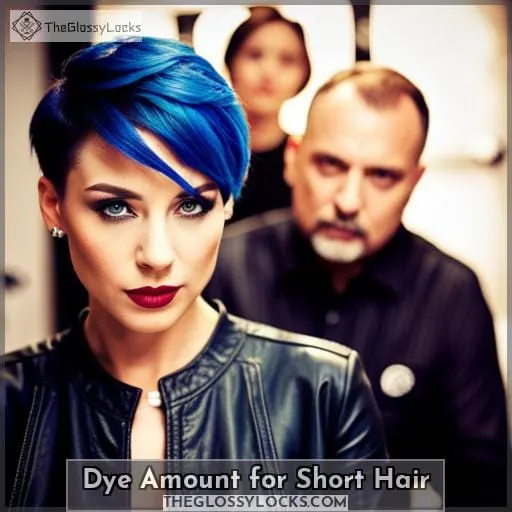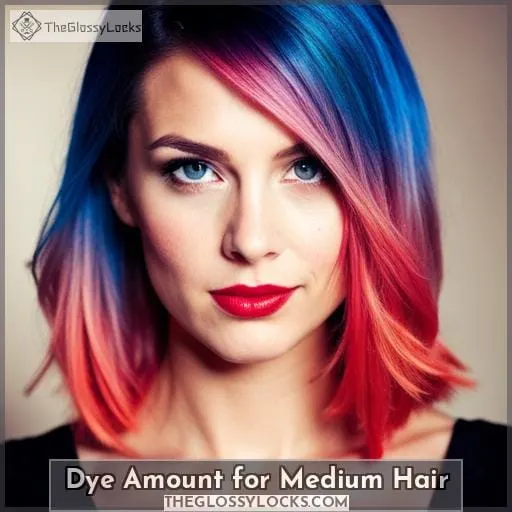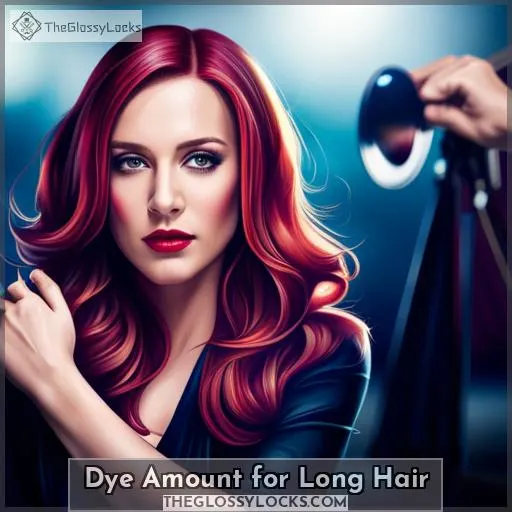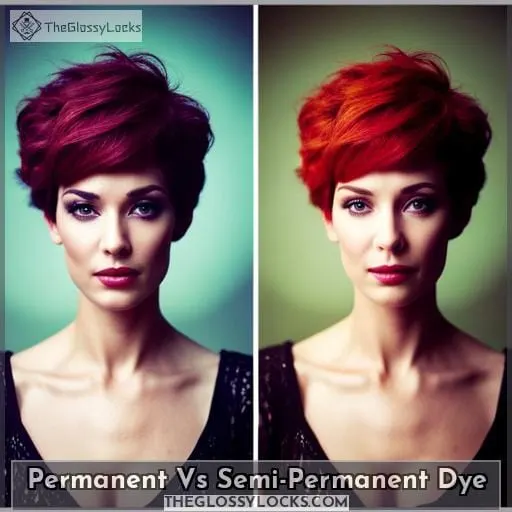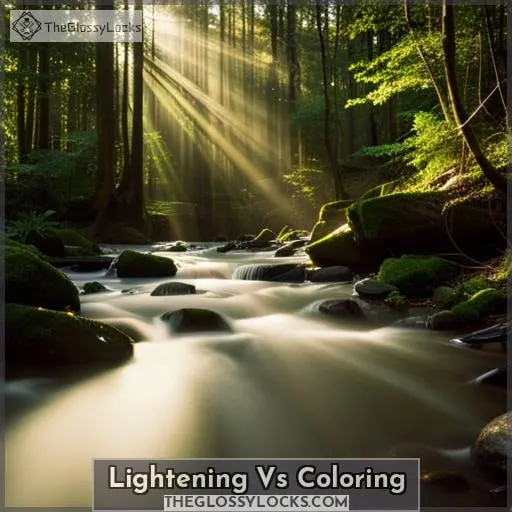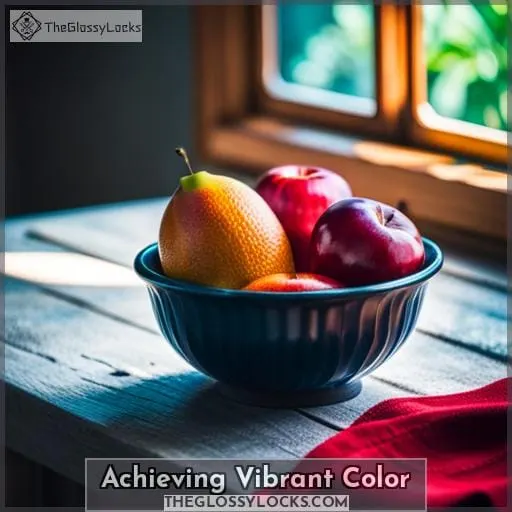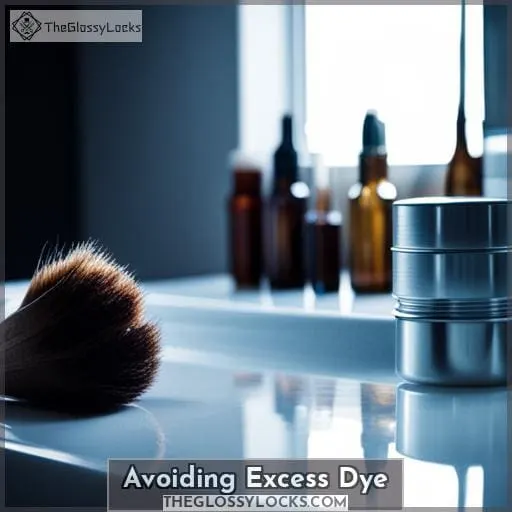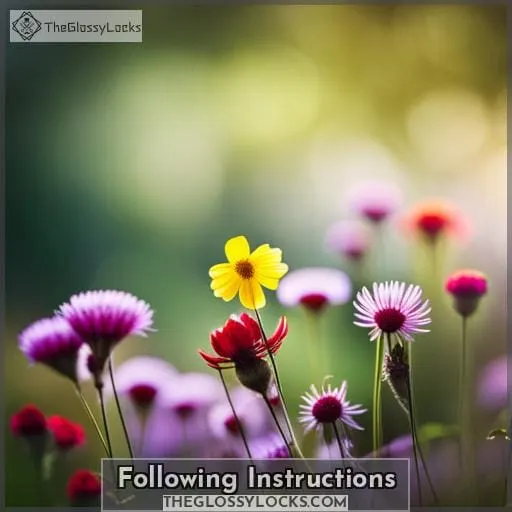This site is supported by our readers. We may earn a commission, at no cost to you, if you purchase through links.
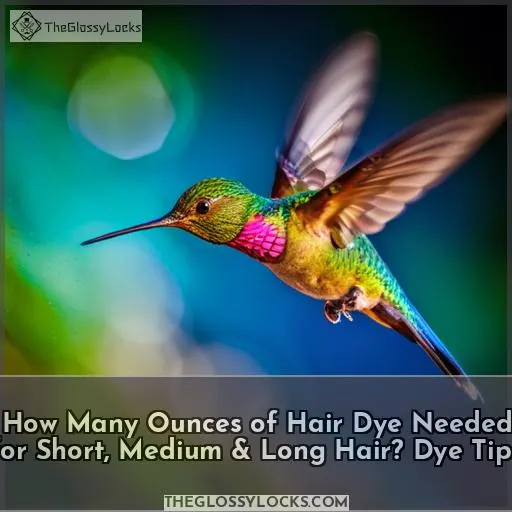 Are you pondering if you have enough hair dye to finish the job?
Are you pondering if you have enough hair dye to finish the job?
We sympathize – we’ve all been there, dye brush in hand, staring at a half-colored head of hair in the mirror!
But fret not.
Today we’ll walk you through calculating how much dye you need for short, medium or long locks.
Whether you’re looking for subtle highlights or an all-over color change, we’ve got dye amounts tailored to your ‘do.
With our tips, you’ll never run short half-way through a hair coloring again.
Now let’s dive in and master the hair dye game!
Table Of Contents
Determining Hair Length
You need to be mindful of the length of your hair when determining how much dye is required.
The longer your hair, the more dye you’ll need to thoroughly cover every strand.
Short Hair
Two to three ounces of hair dye are typically needed for short hair like a pixie cut.
A 2.5-3 ounce color kit is cost effective. Ammonia-free options like Ion Brilliance protect hair health.
Avoid reusing dye as it may not give desired results.
When dyeing short hair, follow instructions carefully and use the minimum effective amount for optimized results.
Medium Length
Your shoulder-length hair falls into the middle ground for dye amounts required, so aim for 3 to 4 ounces total when purchasing a permanent or semi-permanent coloring kit.
Consider your hair’s thickness and texture when deciding how much dye to buy. More dye may be needed for very thick or coarse hair.
Opt for ammonia-free dyes like Sparks Bright Haircolor to condition hair while coloring.
Follow instructions carefully for mixing dye and developer in the right ratios for best results.
Having extra dye on hand prevents interruptions if you run out mid-process.
Long Hair
You’ll need the most dye for long hair that extends several inches or more past your shoulders.
For hair reaching your mid-back or waist, plan for 6-8 ounces of dye depending on thickness.
The more color-resistant and bleached hair demands more dye.
Cover every strand for uniform intensity.
Opt for ammonia-free, nourishing dyes.
Having extra dye prevents interruptions and patchiness.
Mindful application ensures complete coverage from root to tip.
Considering Hair Thickness
When determining how much hair dye you’ll need, it’s important to consider your hair thickness.
If you have thick hair that’s resistant to color, plan to use more dye than the recommended amount for your hair length.
Fine Hair
After discussing how hair length impacts dye quantity, you’re realizing fine hair needs less dye for coverage.
Opt for gentle, conditioning formulas.
Focus dye on regrowth areas.
Use cool water to rinse for shine.
With fine hair, mindful use of dye helps minimize hair damage for best results.
Medium-Thick Hair
You’re likely to need the standard recommended amount of dye for your hair length if you have medium-thick hair.
When choosing hair colors and dyeing techniques, those with medium density hair can follow general guidelines for short, medium, or long hair dye quantity.
During the dyeing process, aim for full coverage without overapplying.
Consider ammonia-free hair dyes for healthier hair.
When estimating how many ounces of hair dye you need, medium-thick hair fits squarely in the middle of dye amount recommendations for each length.
Thick Hair
With your hair being thick, you’ll likely require more dye to achieve full saturation and coverage.
Do a strand test to gauge the amount of dye needed.
Apply dye right to the roots for maximum coverage.
Work in small sections thoroughly saturating each.
Use nourishing products like Olaplex to prevent damage.
Thick hair needs extra dye for complete coverage. Focus on fully saturating all strands.
Dye Amount for Short Hair
How do you determine the amount of dye needed for short hair then?
For short hair like pixie cuts or bobs, you can get away with using less dye. Aim for around 2-3 ounces of permanent or semi-permanent hair dye. This allows you to efficiently color short locks without the hassle and expense of leftover dye.
Certain brands like Sparks Bright Haircolor offer 2 ounce tubes perfect for short styles. Or you could opt for a demi-permanent dye kit containing 2.5-3 ounces of product.
This provides just the right hair dye quantity for complete coverage on cropped cuts. Following the instructions carefully and applying the dye thoroughly roots to ends will deliver vibrant, long-lasting color to your short tresses.
Dye Amount for Medium Hair
Your medium-length hair, reaching your shoulders, will likely require 3 to 4 ounces of hair dye.
When choosing your shade, go for a demi-permanent or semi-permanent dye for less hair damage. Popular brands like Sparks or Ion offer conditioning properties to keep your locks healthy.
To get the ratio right, use equal parts dye and developer – around 1.5 to 2 ounces each.
Carefully follow the instructions, applying the dye in 1/4-inch sections for maximum coverage.
Deep condition after for optimum shine and softness.
Using the right techniques and amount of dye for your hair length is key for beautiful, salon-quality color.
Dye Amount for Long Hair
The amount of dye you’ll need for your long hair depends on how far past your shoulders it extends:
- Hair that’s 2-3 inches below your shoulders may need around 4 ounces of dye. To ensure full coverage, buying 5 ounces is recommended.
- For hair 4+ inches below your shoulders, you may require up to 8 ounces of dye. Having extra dye prevents color inconsistencies.
When dyeing long hair:
- Use a tint brush for even application and saturation.
- Section hair into manageable quadrants. Apply dye from roots to ends.
- Wear gloves and don’t oversaturate ends to avoid drips.
With long hair, using enough dye for full, vibrant color intensity is key for beautiful results.
Permanent Vs Semi-Permanent Dye
Coming off of the amount needed for long hair, the type of dye you’re using – permanent vs semi-permanent – makes a difference in how much you’ll need for full coverage.
Permanent dyes have higher color pigments and penetrate the hair shaft more, requiring less frequent application but more initial product.
Semi-permanents coat the outside and wash out over time with less damage but need more frequent touch-ups.
Getting the dye quantity right can be tricky, so consult box instructions or a hairstylist.
| Type | Lasts | Coverage | Damage |
|---|---|---|---|
| Permanent | 4-6 weeks | High | More |
| Semi-permanent | 2-6 weeks | Lower | Less |
When deciding on permanent vs semi-permanent dye, factor in your desired duration, hair health, and target color intensity.
Lightening Vs Coloring
You’ll need different amounts of developer and hair dye when lightening hair versus coloring it.
When lightening, you’ll use a higher volume developer with less dye to open the cuticles and lift the underlying pigment.
For coloring, a lower volume developer and more dye is ideal to deposit pigment without major lightening.
Adjusting these ratios lets you control the color intensity. Using too little dye with high volume developer can cause brassiness.
Consider the starting and target shades when choosing dye type and quantity for illuminating your voluminous locks.
Achieving Vibrant Color
To achieve vibrant hair color, it’s essential to use a high-quality dye that suits your hair type and texture. Vibrant hair color allows you to express your style and personality effectively.
-
Choose the Right Dye:
Opt for a dye known for its vibrancy and lasting power. Brands like Ion Color Brilliance, with its bright and long-lasting shades, can help you achieve that vibrant look. Consider semi-permanent dyes for a bolder color statement or permanent dyes for longevity.
-
Hair Preparation Matters:
Before applying the dye, ensure your hair is in the best condition. Deep-conditioning treatments help maintain the vibrancy of your color. For dyed hair, use color-intensifying conditioners or masks to keep the shade fresh.
-
UV Protection:
Protect your dyed hair from the sun’s harmful UV rays. UV protection sprays or hair products can prevent color fading and maintain the vibrancy of your newly dyed locks. Additionally, follow the specific instructions provided with your dye kit for the best results.
With these dyeing tips and proper care for dyed hair, you’ll achieve vibrant color that lasts, giving you the power to rock your unique style with confidence.
Avoiding Excess Dye
You don’t want to use more dye than necessary, as excess product won’t improve results and may damage hair.
To avoid wasting dye, it’s important to carefully measure the amount needed for your specific hair length and thickness. When mixing your dye, follow the instructions provided by the manufacturer for accurate measurements and ratios.
Before applying the color all over your head, consider doing a coverage test on a small section of hair first to ensure you achieve the desired result. If you find that one application isn’t enough for full coverage or intensity, wait at least 24 hours before applying another layer of dye to prevent excessive damage.
Dispose of any leftover dye properly according to local regulations and guidelines in order to minimize environmental impact.
Following Instructions
When following instructions for dyeing your hair, it’s important to carefully read and adhere to the directions provided in the hair dye kit. This will help ensure that you achieve the desired results and avoid any common user errors or mistakes.
Here are some tips for beginners when it comes to following instructions:
- Read the directions carefully: Take your time to thoroughly understand each step before starting.
- Avoid skipping steps: Every step in the process has a purpose, so be sure not to skip any of them.
- Test strands if unsure: If you’re uncertain about how a particular shade will look on your hair, try doing a test strand first before applying it all over.
By taking these precautions and paying attention to details, you can have a successful hair coloring experience while avoiding any unnecessary mishaps. Remember that practice makes perfect, so don’t be discouraged if you make mistakes along the way – just learn from them and keep trying until you achieve your desired outcome.
Conclusion
Take Rachel, for example. When she wanted to dye her short hair, she only needed 2 ounces of hair dye.
Knowing how much dye you need for short, medium, and long hair is crucial for a successful hair dye job. With these tips and tricks, you can confidently pick up the right amount of dye for your hair length and get the perfect color.
Just remember, if you’re dyeing short hair, you’ll need 2 ounces of dye; for medium length, 3 ounces; and long hair, 4 ounces.

